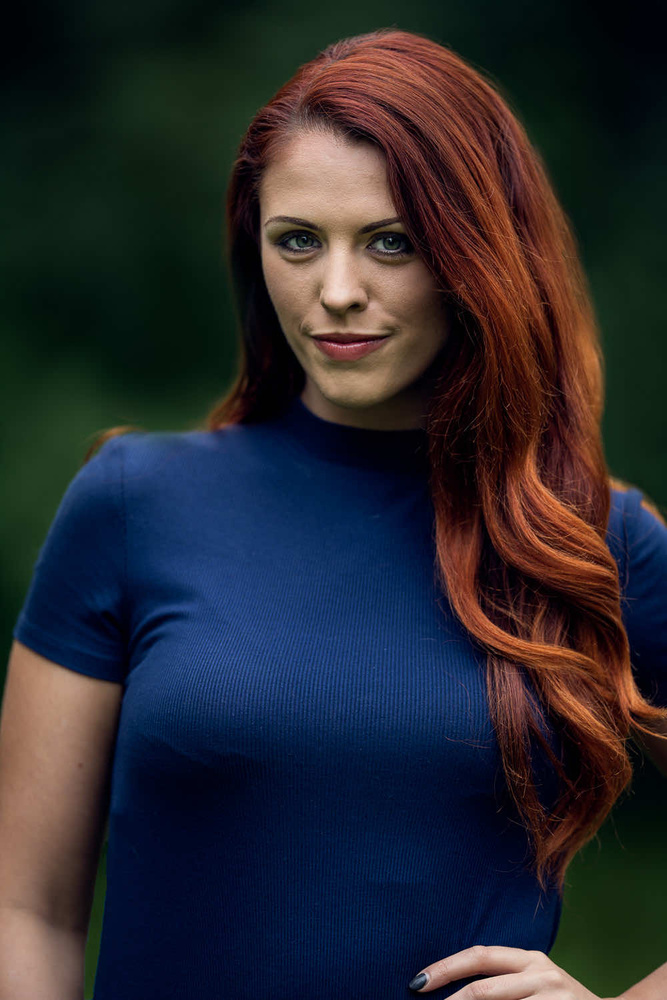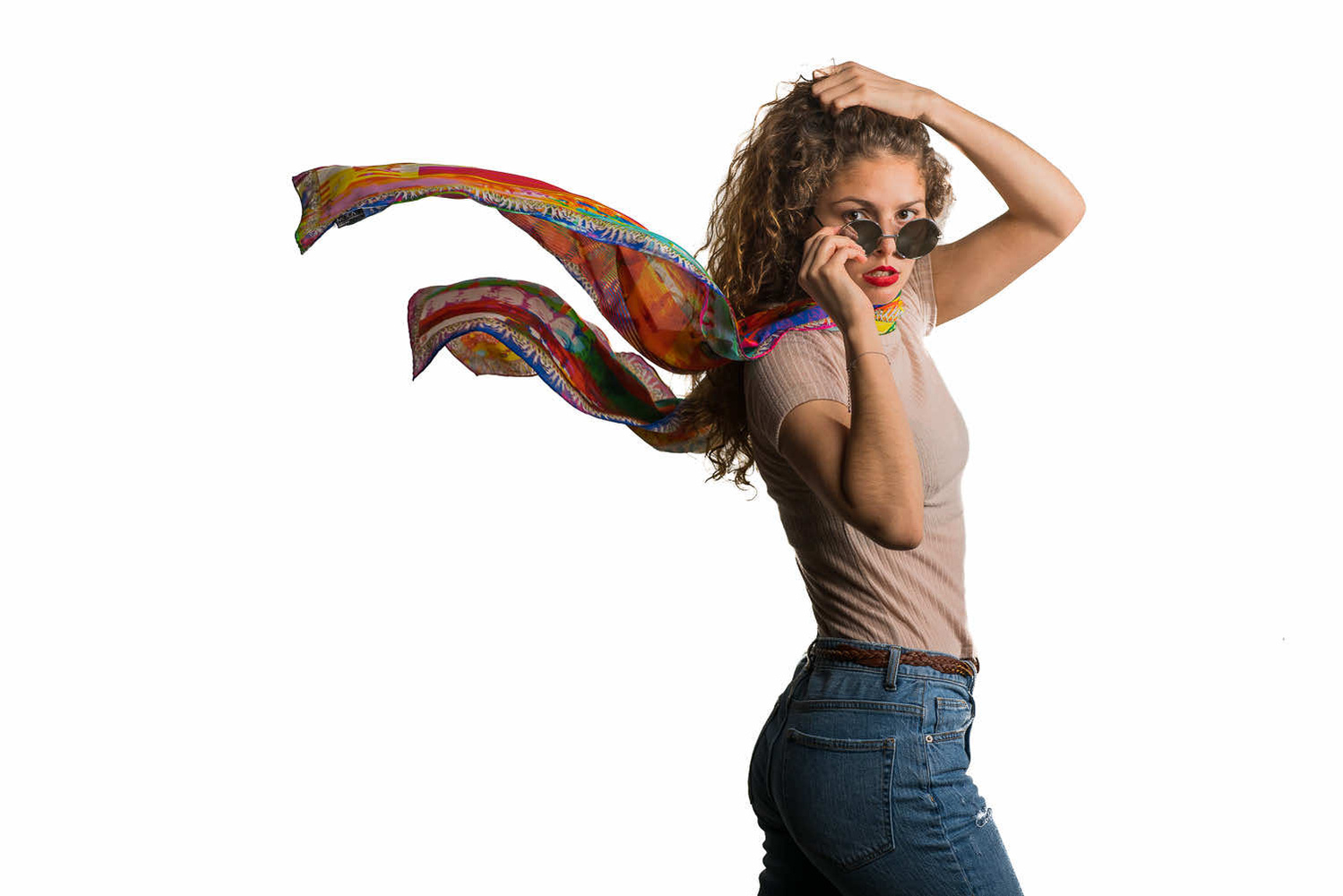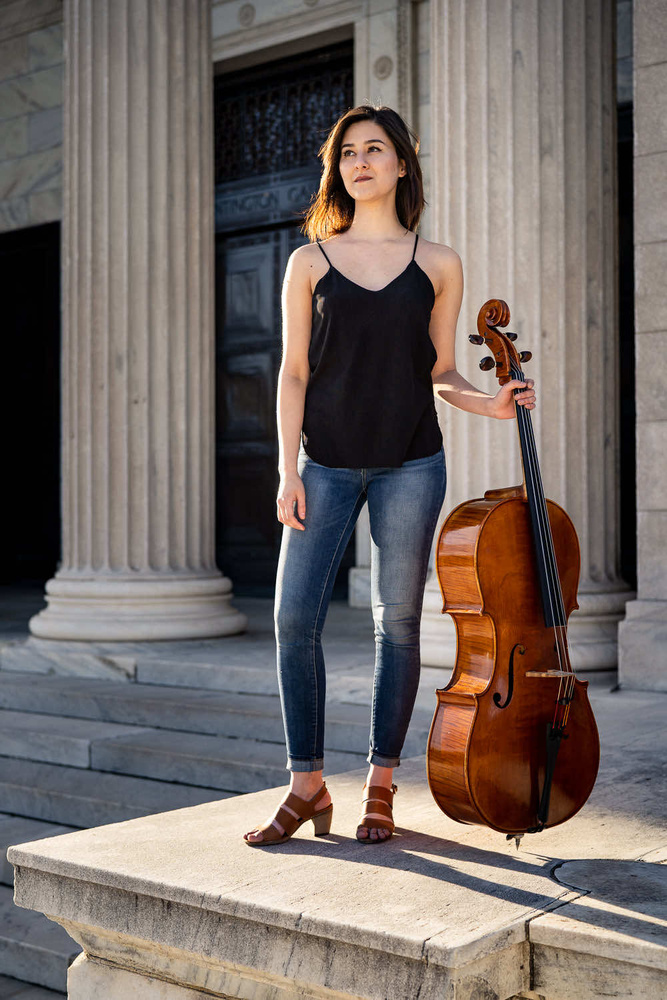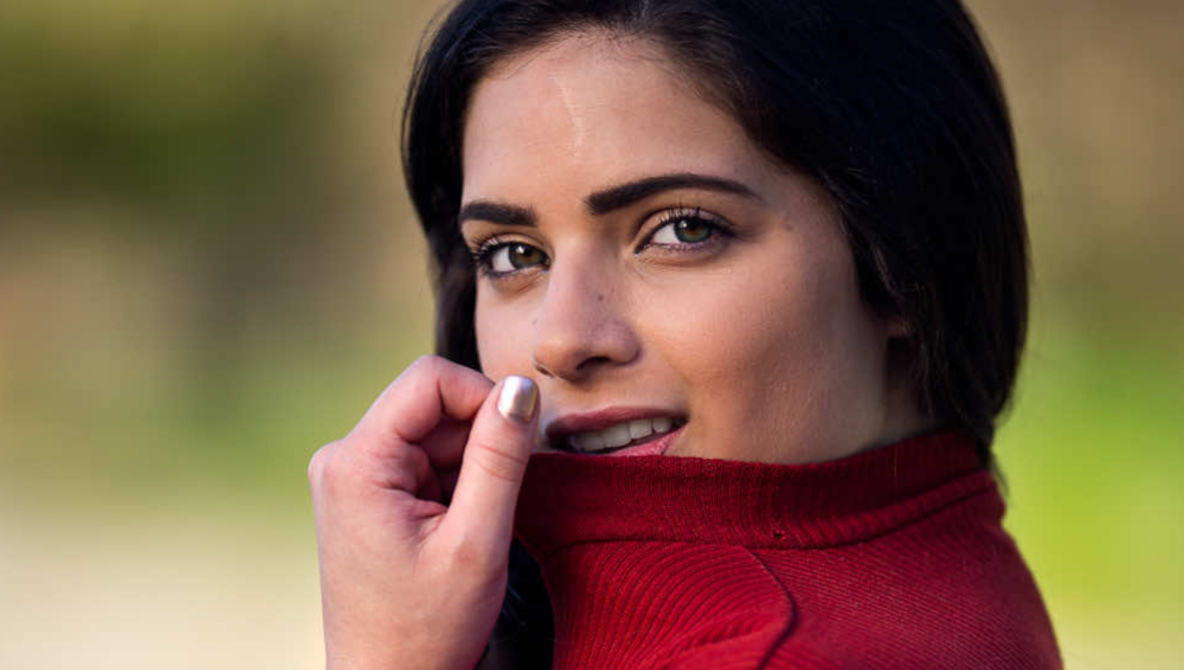A smooth portrait session starts days before the first shutter click. Set expectations, reduce decisions, and build trust up front, and your clients will walk onto set relaxed, styled, and ready to give you real expressions. Here’s a five-part playbook you can copy, complete with scripts and micro-checklists.
1. Send a One-Page Prep Guide 72 Hours Before
Goal: Eliminate last-minute questions and wardrobe panic while setting a professional tone.
What To Include (Keep It Scannable)
-
Wardrobe formulas: “Solid mid-tones, subtle texture, and one accessory,” plus a small color palette that suits the location.
-
Avoid list: Loud logos, high-contrast micro-patterns, ultra-shiny fabrics, wrinkled linens.
-
Grooming: Steam clothes the night before, bring lint roller, simple nails, clean glasses.
-
Logistics: Exact meet point photo, parking notes, building entry, permit info if relevant, and a weather backup.
-
Deliverables: Number of finals, retouching scope (“temporary blemishes removed, natural skin texture preserved”), and timeline.
Paste-ready script: “Hi [Name], here’s your one-page prep: outfits, what to bring, where we’ll meet, and our weather plan. Skim it now, and if anything’s unclear, we’ll confirm on tomorrow’s quick call.”
Pro tip: Use bold subheads and bullets. If it’s more than one page, it won’t get read.
 Why you’re doing it: The guide removes uncertainty, which is the biggest cause of stiff body language and last-second reschedules. When clients know what to wear, how to get there, and what you’ll deliver, they stop negotiating those choices on set and focus on expression. You also protect your edit: the wardrobe and grooming notes reduce glare, moiré, and retouching time by preventing avoidable problems. Beyond logistics, a concise guide signals competence, which lowers anxiety and increases cooperation.
Why you’re doing it: The guide removes uncertainty, which is the biggest cause of stiff body language and last-second reschedules. When clients know what to wear, how to get there, and what you’ll deliver, they stop negotiating those choices on set and focus on expression. You also protect your edit: the wardrobe and grooming notes reduce glare, moiré, and retouching time by preventing avoidable problems. Beyond logistics, a concise guide signals competence, which lowers anxiety and increases cooperation.
How to approach it: Write for phones first: single page, short lines, clear headings, and a location photo with an arrow. Build a reusable template with modular sections (outdoors, studio, corporate campus) so you can swap details in under five minutes. Include one visual example per outfit formula rather than a collage; more images create confusion. Host the guide as a lightweight web page as well as a PDF, and send it 72 hours out with a follow-up the day before.
2. Do a 10-Minute Goal-Setting Call 2–3 Days Out
Goal: Align on usage, vibe, and deal-breakers so you’re not guessing on set.
Five Questions That Actually Matter
-
Where will these photos live first (website hero, LinkedIn, press, dating, print)?
-
Three words for the vibe (e.g., “approachable, modern, confident”)?
-
Any no-go angles or insecurities you want me to avoid?
-
Glasses plan (on/off, bring no-glare backup if possible)?
-
Retouching preferences (what to keep natural; what to clean)?
Build a Micro Shot List From Their Answers
-
Tight headshot, ¾, full-length, one environmental portrait, one candid movement.
-
One “safe” expression, one “real laugh,” one “serious,” one “looking away.”
-
If it’s a team day, confirm pronunciations and job titles now.
Paste-ready script: “To match the images to your goals, tell me where they’ll be used and three words for the look. Also, any features you want me to minimize or highlight so you feel great when you see the previews?”
Pro tip: Repeat their answers back once (“So we’re going for ‘friendly, sharp, editorial’ with glasses on for headshot, off for environmental”), then add the list to their file. That single recap prevents 10 emails later.
Why you’re doing it: The call converts vague hopes into actual goals and creates psychological safety. When clients hear their language reflected back, they feel seen, and that trust shows up in the first five frames. You also uncover hard constraints so you design frames to fit the final use instead of retrofitting later. Most importantly, you learn the “no” list, which prevents poses or angles that would derail momentum.
How to approach it: Run the same five questions every time so notes stay comparable across jobs. Use a checklist template with toggles for usage and vibe, and paste the recap into the calendar invite so it’s locked to the session. If they struggle to name a vibe, offer three curated mood boards and ask them to pick the closest; constraints beat open-ended choices. Close by confirming any approvals or stakeholders who need to see previews, so you control the review loop.
3. Offer Lightweight Styling Support (Fast Approvals and Fit Tips)
Goal: Make clients feel guided without hiring a full stylist.
A Simple System That Works
-
Two outfit lanes: “Primary” and “backup,” both approved by you in advance.
-
How to submit: Ask for 2–3 mirror selfies per outfit in window light (no overheads), full-length and a waist-up.
-
Fit rules: Structured collars, sleeves to the wrist, jackets that close comfortably, shoes that match formality, belts when belt loops exist.
-
Texture over shine: Matte fabrics read more expensive than glossy synthetics and cause less lighting issues.
-
Glasses: Clean lenses, tilt trick on set to reduce reflections.
-
Hair/makeup: Natural skin texture and makeup, bring a small comb and preferred touch-up kit.
Paste-ready script: “Snap two quick mirror pics of each outfit in window light and text them to me. I’ll mark one primary and one backup and note any tweaks so you don’t have to decide on the day.”
Pro tip: Keep a mini kit in your bag of a lint roller, safety pins, double-sided tape, collar stays, basic makeup, and a travel steamer. You’ll use it constantly and look like a hero.
 Why you’re doing it: Wardrobe is the fastest way to upgrade perceived production value without buying new gear. Fit, texture, and color do more for skin tone and contrast than another lens ever will, and pre-approvals erase decision fatigue during the session. You also reduce retouching load: fewer wrinkles, less sheen, and cleaner collars mean you spend time on expression rather than repairs. Clients interpret this guidance as care, not control, which increases buy-in on set.
Why you’re doing it: Wardrobe is the fastest way to upgrade perceived production value without buying new gear. Fit, texture, and color do more for skin tone and contrast than another lens ever will, and pre-approvals erase decision fatigue during the session. You also reduce retouching load: fewer wrinkles, less sheen, and cleaner collars mean you spend time on expression rather than repairs. Clients interpret this guidance as care, not control, which increases buy-in on set.
How to approach it: Keep approvals asynchronous and visual. Ask for simple mirror selfies in consistent window light and respond with concise, actionable notes (“Swap the black belt, roll sleeves once, bring both but lead with the navy jacket”). Offer two safe color palettes tied to the background so choices feel curated, not arbitrary. Be inclusive. Give options for different body types, hair textures, and cultural dress, and avoid language that shames or polices appearance.
4. Lock Logistics With a Mini Run of Show
Goal: Reduce decision fatigue on set and protect the best light.
What To Send (The Night Before)
-
Timeline: “4:20 meet, 4:30 warm-ups, 4:40 headshots, 5:00 environmental, 5:20 outfit change, 5:30 candid movement, 5:50 wrap.”
-
Walking map: Guidance, don't forget to note restroom/changing locations.
-
Sun/wind notes: “We’ll start in open shade, then catch sunset light at 5:10.”
-
Weather pivot: Covered doorway or lobby with similar vibe; include a photo so the backup feels intentional.
On-Set Rhythm
-
Open with 2–3 easy poses to build wins.
-
Show a clean frame early so clients see what’s working.
-
Sprinkle micro-breaks (60 seconds) for water and hair checks.
Paste-ready script: “Here’s our short run of show and a tiny walking route with three backgrounds. If we get sprinkles, we’ll pivot to the covered archway—same look, no rain.”
Pro tip: Label your meeting spot with a photo. “North entrance by the blue door” augments an address.
Why you’re doing it: A run of show protects the narrow light window, keeps the team in sync, and turns the shoot into a guided experience rather than a scavenger hunt. When clients know there’s a plan, they stop asking “what’s next,” which keeps energy directed toward expression. You also cap decision fatigue; fewer micro-choices mean steadier pacing, better posture, and more natural faces. The schedule becomes a gentle contract that prevents overtime and scope creep.
How to approach it: Pre-scout with a sun path app and a wind forecast. Cluster locations within a short walk, and add restroom and changing access so outfit swaps don’t break flow. Build a Plan B that matches the vibe of Plan A, complete with a photo reference, so a weather pivot feels intentional rather than a compromise. Print a small map for yourself, and put the schedule in the client’s calendar invite so it’s always at hand.
5. Ask What They’d Like (Comfort Choices, Music, Breaks, Boundaries)
Goal: Give clients real agency so they feel seen.
What To Ask (And Why)
-
Music: “Want a playlist? If you share one, I’ll cue it up.” Familiar songs quiet nerves and set pacing.
-
Preview style: “Would you like to see a few frames early or prefer to keep momentum and review at outfit changes?” Some people relax when they see a win; others freeze up if they’re over-critiquing.
-
Feedback mode: “More direction or lighter cues?” Calibrate your coaching voice to their personality.
-
Names: Confirm how they’d like to be addressed and how their name will appear in any credits.
-
Touch-ups and breaks: “Would you like a quick mirror check every 10 minutes or only at outfit changes?”
-
Chaperone: Totally fine. Set a role (“hype squad” vs. “monitor”) so it stays helpful.
-
Boundaries: “Any poses/angles that don’t feel like you?” This prevents awkward moments and builds trust.
Paste-ready script: “Quick preferences check: want your playlist or mine? Do you like peeking at a few frames early, or should we keep the flow and review between looks? Also, flag any angles or poses you’d rather skip so I can steer us the right way.”
Pro tip: Write the answers on your shot list. “No sharp chin angles, keep shoulders relaxed, loves soft smiles, hates hands-on-hips, prefers left side.” You’ll direct faster and waste fewer frames.
 Why you’re doing it: Choice reduces anxiety. When clients control a few levers, they stop bracing for the unknown and start collaborating. You also establish consent and boundaries, which removes the fear of being pushed into poses that don’t feel authentic. That sense of agency is visible in posture, breath, and eyes.
Why you’re doing it: Choice reduces anxiety. When clients control a few levers, they stop bracing for the unknown and start collaborating. You also establish consent and boundaries, which removes the fear of being pushed into poses that don’t feel authentic. That sense of agency is visible in posture, breath, and eyes.
How to approach it: Turn preferences into a short intake. Keep the questions lightweight and positive; you’re not handing them the wheel, you’re adjusting the seat. If a chaperone joins, define their role and place them where they can help without pulling attention. Keep volume at conversation level, and set preview checkpoints rather than constant checking so momentum doesn’t stall.
Day-Before Reminder
“Tomorrow at [time]. Wear the approved outfit, bring your backup, steam tonight, hydrate, and avoid brand-new skincare. Meet me here [pinned map photo]. If anything pops up, text me and we’ll adjust. Looking forward to working together!”
Why This Prep Works
You’re removing uncertainty on three fronts: appearance (outfits approved, grooming clarified), logistics (exact meet point, light plan, weather pivot), and experience (their preferences baked into your directing). That trifecta lowers the heart rate on both sides of the lens. The result is a shoot that moves quickly, looks intentional, and produces expressions you can’t coach into existence, because the client already trusts the process. Build these five steps into your normal workflow once, and every session after that feels like a layup.
If you would like to continue learning about the art of portraiture, be sure to check out our range of tutorials on the subject in the Fstoppers store.








Very informative. Thank you!
Wow this would scare anyone getting ready for a portrait, As this was my business for 40 years I gave 2 pieces of advice, Don't try anything new and come as you want to be seen. For me a relaxed non stressed subject is best, I always greet people by saying "you look great". This massive list is intimidating.